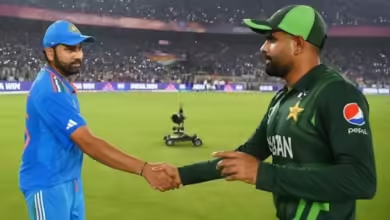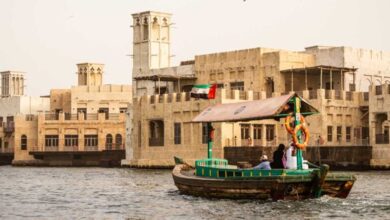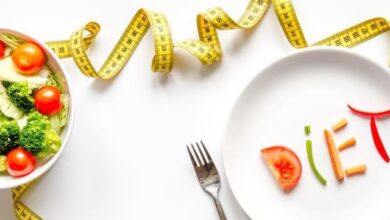UP Corona Update: Corona explosion in UP, more than 6 thousand new cases in last 24 hours, number of active cases exceeds 18 thousand. 1 News Track English

UP Corona Update: Corona virus has created a storm in Uttar Pradesh. Day by day active cases and daily cases are increasing rapidly. Talking about the last 24 hours, 6411 new cases have come to the fore. With this, the active cases in the state have crossed 18000. At the same time, in the last seven days alone, more than eleven thousand cases have come.
More than 11000 new cases have been found in the last seven days
Corona virus is wreaking havoc in UP. If we look at the figures of the last seven days, 11389 new cases have been reported. Corona virus is wreaking havoc in UP. 383 new cases were reported on January 1, 552 on January 2, 572 on January 3, 992 on January 4, 2038 on January 5, 3121 on January 6 and 4228 on January 7 in the state. .
• January 1st– 383
• January 2nd– 552
• January 3– 572
• January 4th– 992
• January 5th– 2038
• January 6– 3121
• January 7– 4228
,





